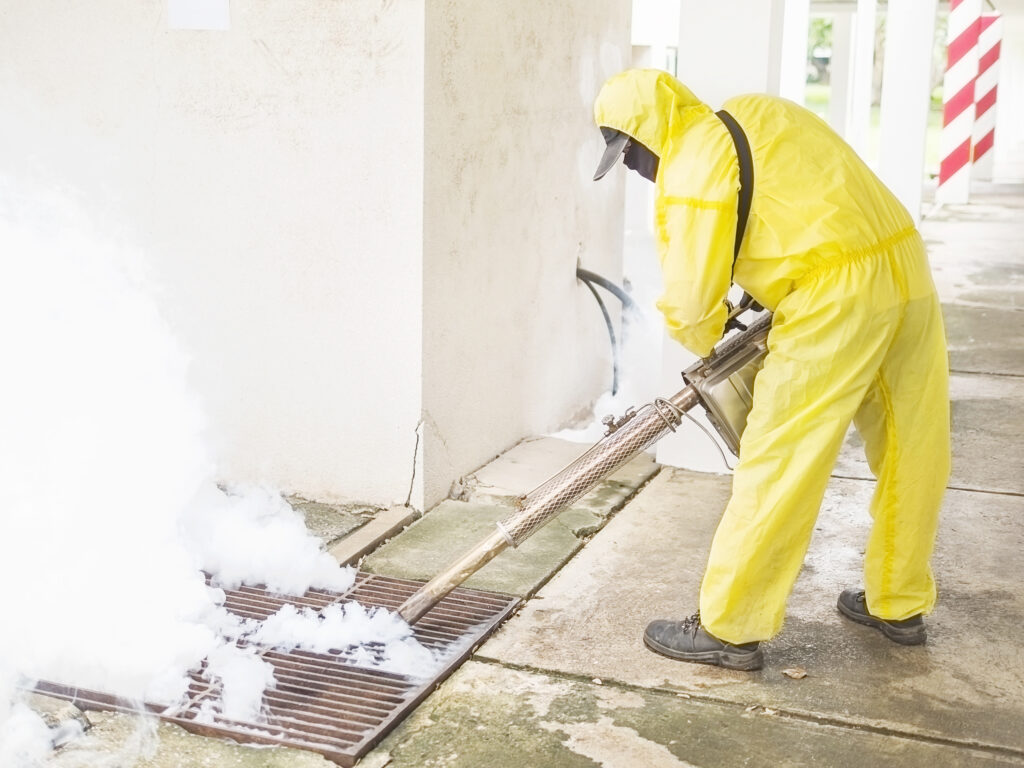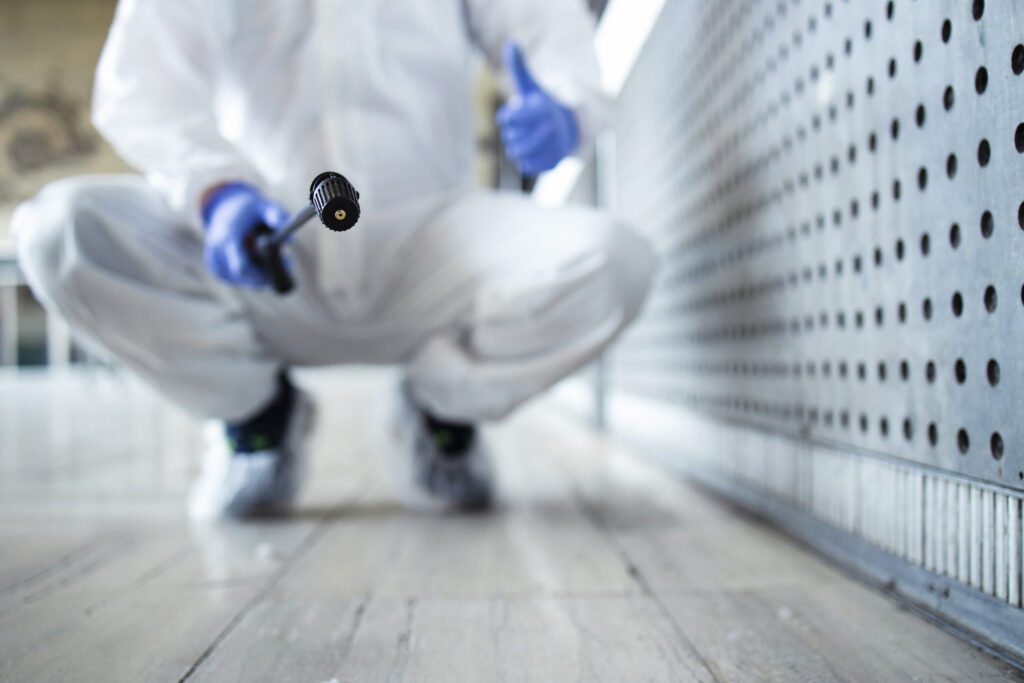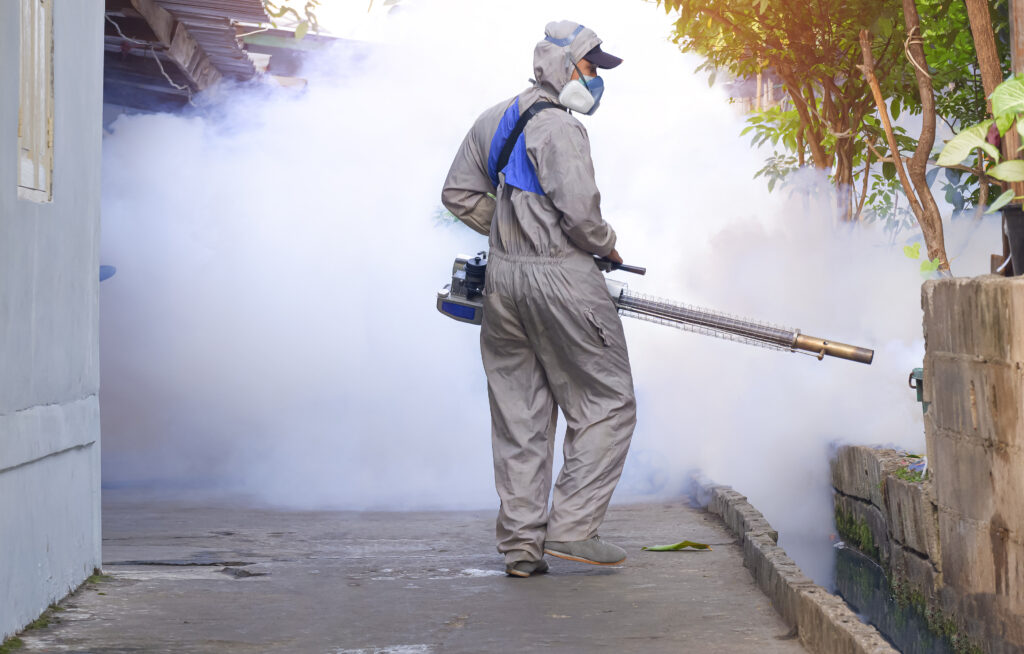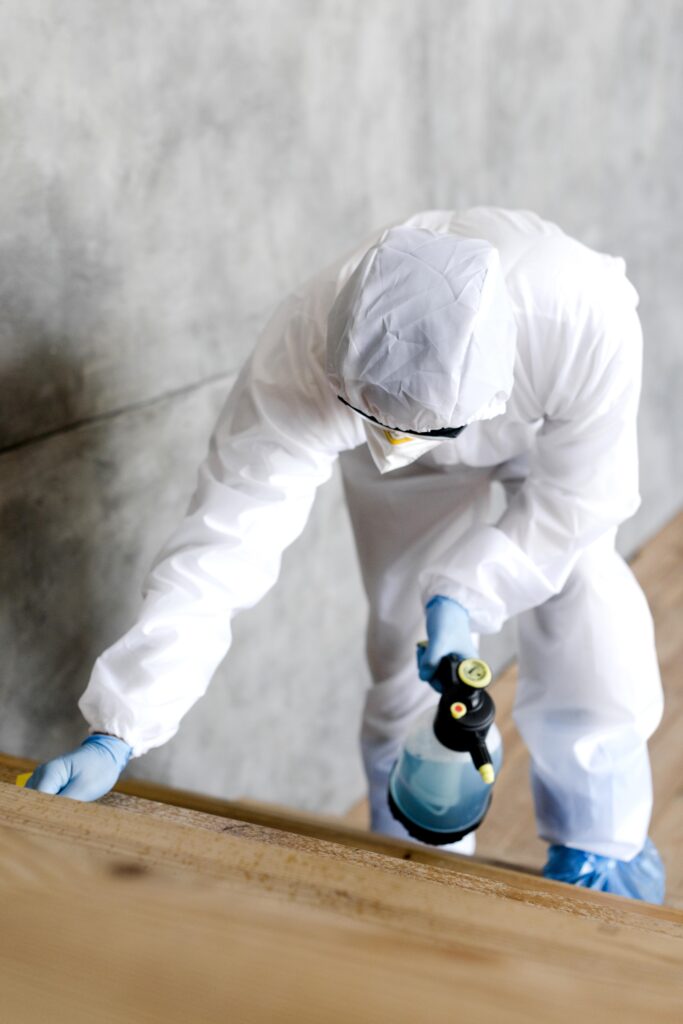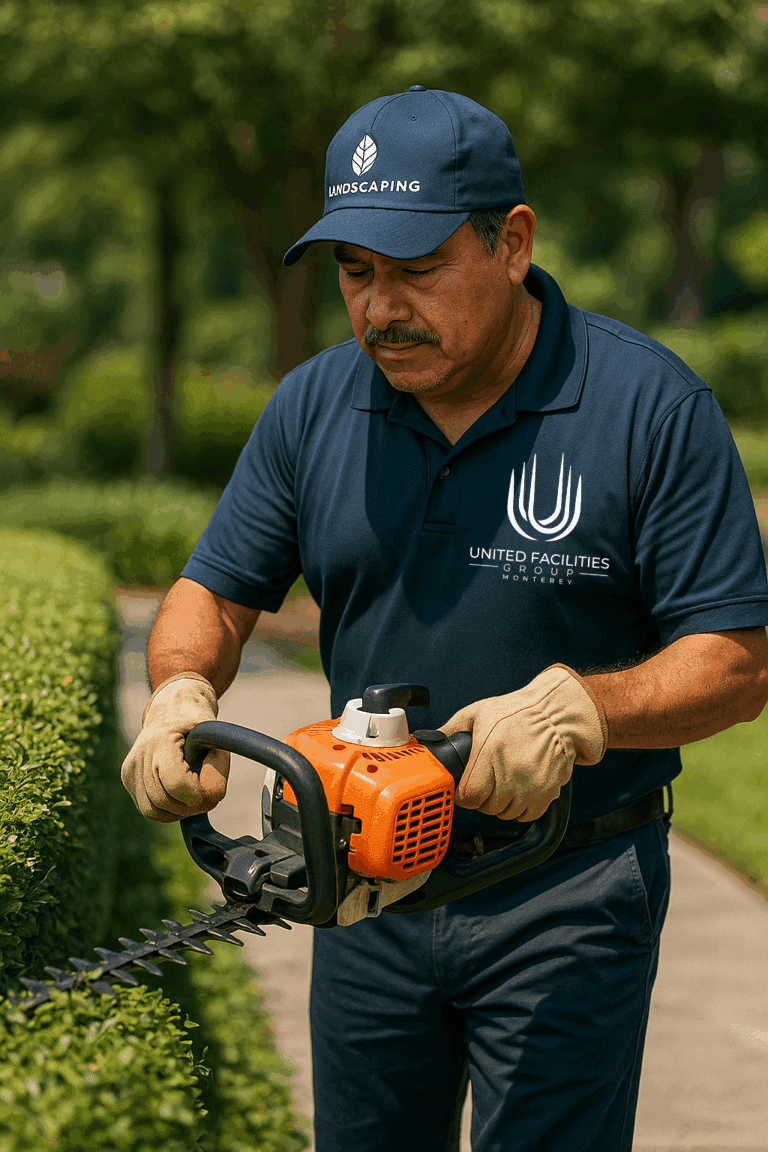Integrated Pest Management (IPM) is a comprehensive approach to pest control that emphasizes the integration of various management strategies to minimize pest populations while reducing the reliance on chemical pesticides. This method is particularly relevant in commercial landscapes, where the aesthetic and functional quality of the environment is paramount. IPM combines biological, cultural, mechanical, and chemical practices to create a balanced ecosystem that can withstand pest pressures.
The goal is not merely to eliminate pests but to manage them in a way that is sustainable and environmentally responsible. The foundation of IPM lies in understanding the life cycles and behaviors of pests, as well as the ecosystems in which they thrive. By recognizing the natural enemies of pests and the conditions that favor their proliferation, landscape managers can develop strategies that disrupt pest life cycles while promoting beneficial organisms.
This holistic approach not only addresses immediate pest issues but also fosters long-term ecological health, making it an essential practice for commercial landscapes in Northern California.
Key Takeaways
- Integrated Pest Management (IPM) is a holistic approach to pest control that focuses on prevention and minimizing environmental impact.
- Proper assessment of pest problems in commercial landscapes is crucial for effective pest management.
- Cultural and mechanical controls, such as crop rotation and physical barriers, are important components of IPM in commercial landscapes.
- Biological controls, such as natural predators and parasites, can be utilized to manage pest populations in commercial landscapes.
- Regular monitoring of pest populations is essential for early detection and effective management in commercial landscapes.
Assessing Pest Problems in Commercial Landscapes
Assessing pest problems in commercial landscapes requires a systematic approach to identify the types of pests present and the extent of their impact. This process begins with regular inspections of the landscape, focusing on areas where pests are likely to thrive, such as around plants, soil, and water sources. By observing signs of pest activity—such as damage to foliage, droppings, or nests—landscape managers can gather critical data that informs their pest management strategies.
In addition to visual inspections, employing tools such as sticky traps or pheromone traps can provide quantitative data on pest populations. This information is vital for determining whether pest levels exceed action thresholds, which are the points at which intervention becomes necessary. By accurately assessing pest problems, landscape managers can tailor their IPM strategies to address specific issues effectively, ensuring that resources are allocated efficiently and that interventions are timely.
Implementing Cultural and Mechanical Controls
Cultural controls are practices that modify the environment to make it less conducive to pest infestations. In commercial landscapes, this can include selecting pest-resistant plant varieties, rotating crops, and adjusting irrigation practices to avoid creating conditions favorable for pests. For instance, overwatering can lead to root rot and attract pests like fungus gnats.
By implementing these cultural practices, landscape managers can significantly reduce the likelihood of pest outbreaks. Mechanical controls involve physical methods to manage pests directly. This can include barriers such as row covers or insect netting that prevent pests from accessing plants.
Additionally, tools like vacuums or traps can be employed to remove pests from the landscape. These methods are particularly effective in commercial settings where maintaining a pristine appearance is crucial. By combining cultural and mechanical controls, landscape managers can create a multi-faceted approach that minimizes pest populations while maintaining the aesthetic appeal of the landscape.
Utilizing Biological Controls in Commercial Landscapes
Biological control involves the use of natural predators or parasites to manage pest populations. In commercial landscapes, this can be an effective strategy for reducing reliance on chemical pesticides while promoting ecological balance. For example, introducing ladybugs can help control aphid populations, while parasitic wasps can target caterpillar pests.
By fostering a diverse ecosystem that includes beneficial insects, landscape managers can create a self-regulating system that mitigates pest pressures. Incorporating biological controls requires careful planning and monitoring to ensure that introduced species do not become invasive themselves. It is essential to select organisms that are well-suited to the local environment and that will effectively target specific pests without disrupting the existing ecosystem.
By integrating biological controls into an IPM strategy, commercial landscapes in Northern California can achieve sustainable pest management while enhancing biodiversity.
Monitoring Pest Populations in Commercial Landscapes
Monitoring pest populations is a critical component of an effective IPM program. Regular observation allows landscape managers to track changes in pest numbers and assess the effectiveness of implemented control measures. This ongoing evaluation helps identify trends and potential outbreaks before they escalate into significant problems.
Various monitoring techniques can be employed, including visual inspections, trap counts, and even digital monitoring systems that provide real-time data. Data collected through monitoring efforts should be analyzed to inform future management decisions. For instance, if certain pests are consistently found at high levels during specific seasons, landscape managers can adjust their cultural practices or timing of interventions accordingly.
By maintaining a proactive approach to monitoring, commercial landscapes can respond swiftly to emerging pest issues, ensuring that interventions are both timely and effective.
Selecting and Using Chemical Controls in IPM
Understanding Pesticide Selection
While IPM emphasizes non-chemical methods for managing pests, there are instances where chemical controls may be necessary. Selecting appropriate pesticides involves understanding their mode of action, target pests, and potential impacts on non-target organisms and the environment.
Safe and Effective Application
When using chemical controls, it is essential to follow label instructions meticulously to ensure safe and effective application. This includes adhering to recommended dosages, application methods, and safety precautions. Additionally, landscape managers should consider timing applications strategically—applying pesticides when pests are most vulnerable while minimizing exposure to beneficial organisms.
Integrating Chemical Controls into IPM
By integrating chemical controls judiciously within an IPM framework, commercial landscapes can manage pest populations effectively while prioritizing environmental health.
Proper Application of Pesticides in Commercial Landscapes
The proper application of pesticides is vital for maximizing their effectiveness while minimizing risks to human health and the environment. In commercial landscapes, this involves not only following label instructions but also considering factors such as weather conditions and the life cycles of target pests. For example, applying pesticides during calm weather reduces drift and ensures that the product reaches its intended target.
Additionally, employing appropriate application techniques—such as using calibrated equipment—ensures accurate dosing and coverage. Landscape managers should also be aware of local regulations regarding pesticide use and ensure compliance with all legal requirements. By prioritizing proper application methods, commercial landscapes can achieve effective pest control while safeguarding public health and environmental integrity.
Prevention and Management of Pest Resistance
Pest resistance is a growing concern in integrated pest management practices. Over-reliance on specific chemical controls can lead to the development of resistant pest populations, making future management efforts more challenging. To prevent resistance, landscape managers should adopt a diversified approach that incorporates various control methods—cultural, mechanical, biological, and chemical—into their IPM strategies.
Rotating different classes of pesticides with varying modes of action can also help mitigate resistance development. Additionally, monitoring pest populations for signs of resistance allows for timely adjustments in management strategies. By proactively addressing resistance issues, commercial landscapes can maintain effective pest control over the long term while minimizing reliance on chemical interventions.
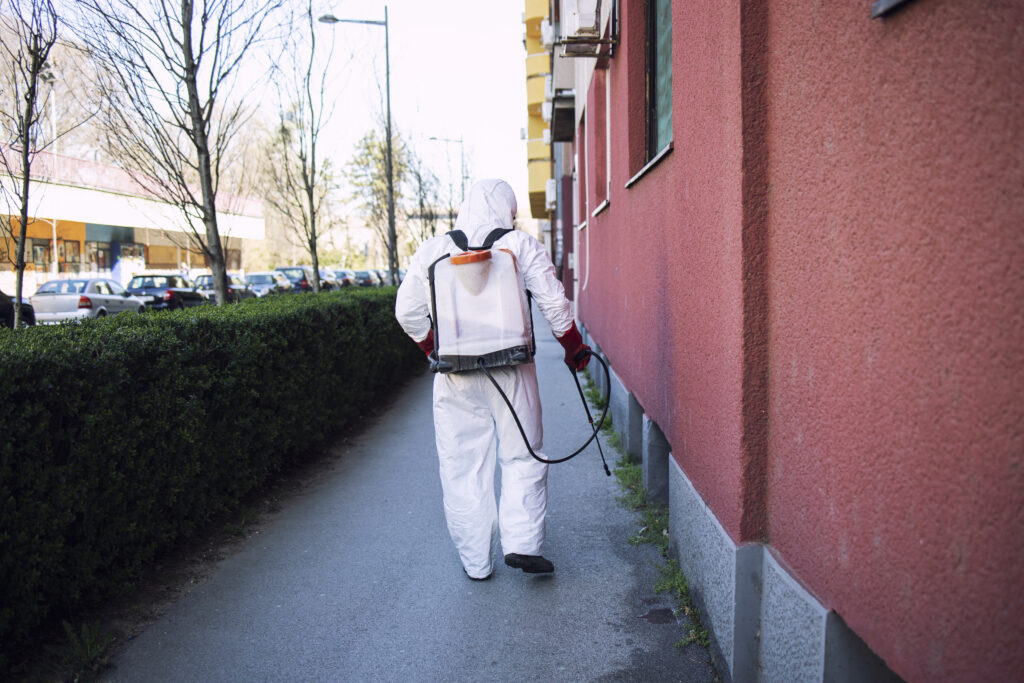
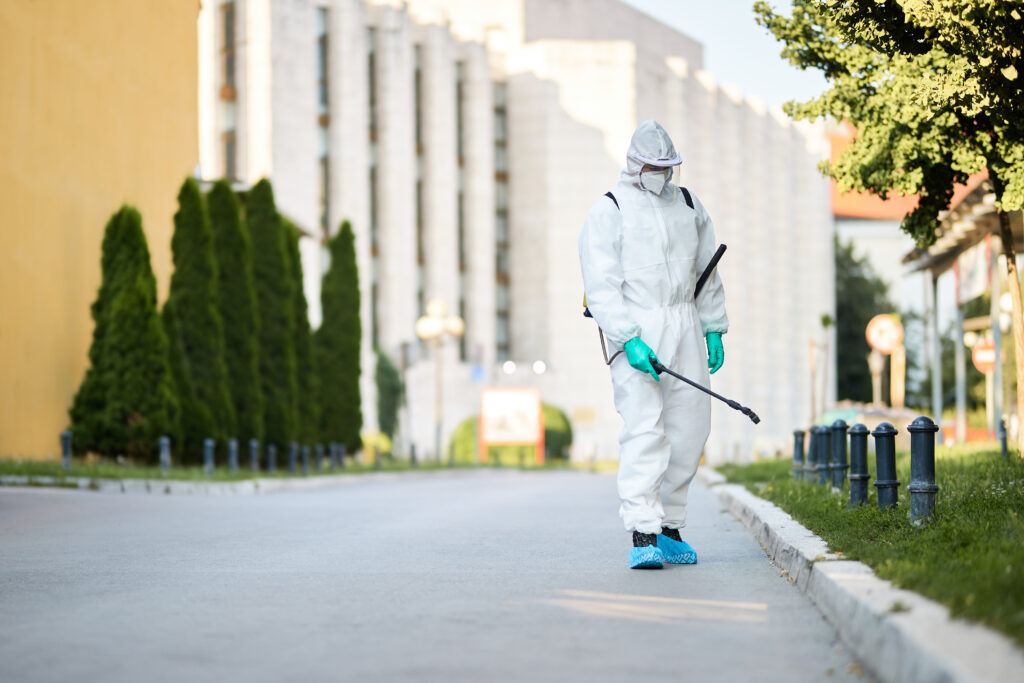
Training and Education for IPM in Commercial Landscapes
Training and education are essential components of successful IPM implementation in commercial landscapes. Landscape managers and staff should be well-versed in IPM principles and practices to ensure consistent application across all areas of management. Regular training sessions can cover topics such as pest identification, monitoring techniques, and the safe use of pesticides.
Furthermore, fostering a culture of continuous learning encourages staff to stay updated on emerging trends and technologies in pest management. Engaging with local agricultural extension services or attending workshops can provide valuable insights into best practices tailored for Northern California’s unique climate and ecosystem. By investing in training and education, commercial landscapes can enhance their IPM efforts and achieve more sustainable outcomes.
Evaluating the Effectiveness of IPM in Commercial Landscapes
Evaluating the effectiveness of an IPM program is crucial for understanding its impact on pest management outcomes and overall landscape health. This evaluation process should involve setting clear objectives at the outset—such as reducing specific pest populations or improving plant health—and regularly assessing progress toward these goals. Metrics such as pest population counts, plant health assessments, and economic considerations should all be taken into account.
Feedback from staff involved in implementation can also provide valuable insights into what strategies are working well and where improvements may be needed. By conducting thorough evaluations, landscape managers can refine their IPM practices over time, ensuring that they remain effective in addressing evolving pest challenges while promoting sustainable landscape management.
Sustainable and Environmentally Friendly Practices in IPM for Commercial Landscapes
Sustainability is at the heart of integrated pest management practices in commercial landscapes. By prioritizing environmentally friendly approaches—such as reducing chemical inputs, promoting biodiversity through native plant selection, and utilizing organic amendments—landscape managers can create healthier ecosystems that support both plant health and wildlife habitats. Incorporating sustainable practices also involves engaging with clients and stakeholders about the benefits of IPM and environmentally responsible landscaping choices.
Educating clients on the importance of maintaining healthy landscapes through sustainable practices fosters a shared commitment to ecological stewardship. By embracing sustainability within their IPM programs, commercial landscapes in Northern California can contribute positively to environmental conservation while achieving effective pest management outcomes.
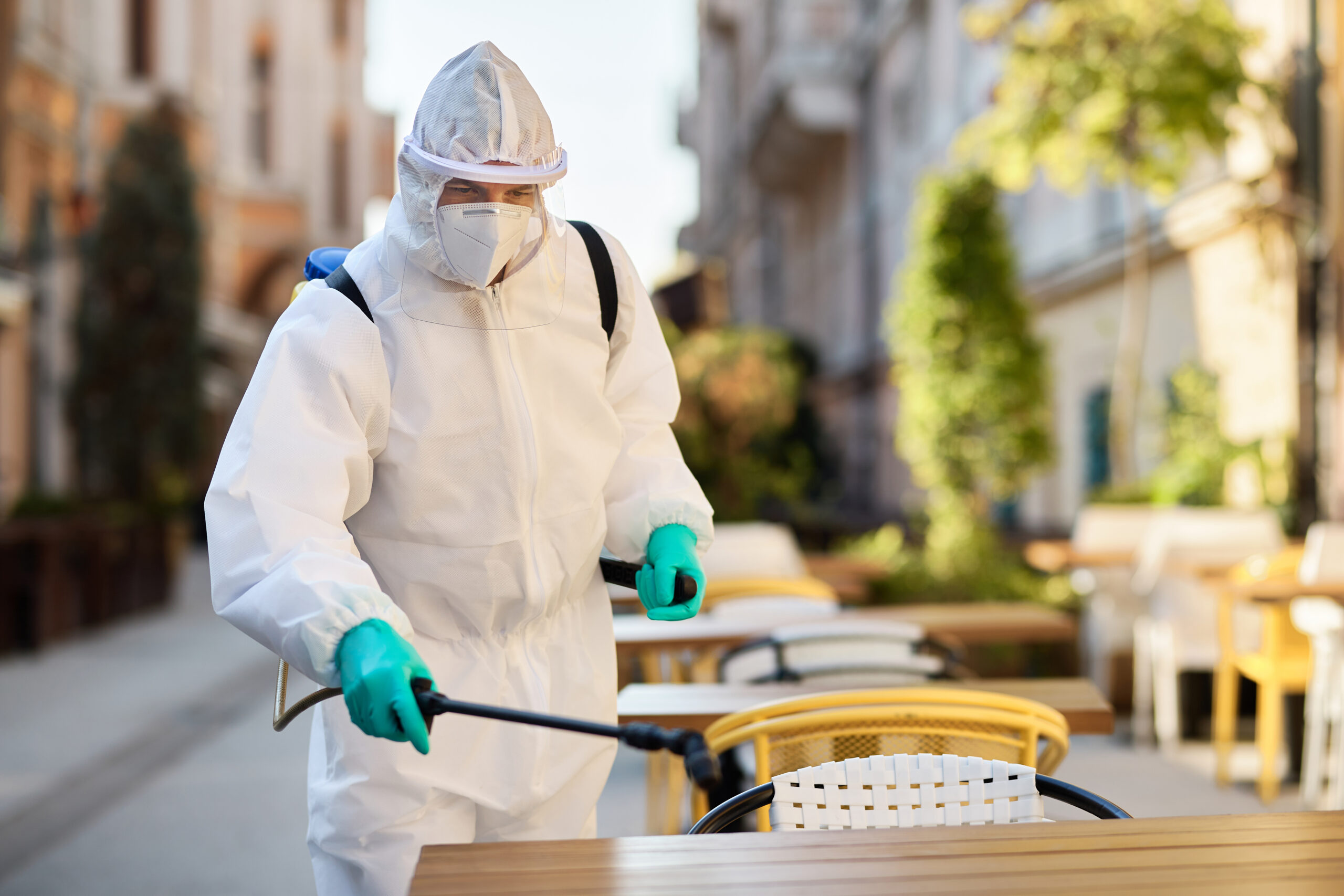
FAQs
What is Integrated Pest Management (IPM) for Commercial Landscapes?
Integrated Pest Management (IPM) is a sustainable approach to managing pests in commercial landscapes that combines biological, cultural, physical, and chemical tools in a way that minimizes economic, health, and environmental risks.
How does IPM work in commercial landscapes?
IPM for commercial landscapes involves monitoring and identifying pests, setting action thresholds, preventing pest problems through cultural and biological controls, and using pesticides only when necessary and in a targeted manner.
What are the benefits of using IPM in commercial landscapes?
The benefits of using IPM in commercial landscapes include reduced reliance on chemical pesticides, lower environmental impact, improved plant health, reduced pest resistance, and cost savings in the long run.
What are some examples of IPM strategies for commercial landscapes?
Examples of IPM strategies for commercial landscapes include using pest-resistant plant varieties, promoting natural enemies of pests, implementing proper irrigation and fertilization practices, and using pesticides as a last resort.
Is IPM for commercial landscapes regulated?
IPM for commercial landscapes is regulated at the state and local levels, with some jurisdictions requiring businesses to have an IPM plan in place and to use certified pest control professionals.
